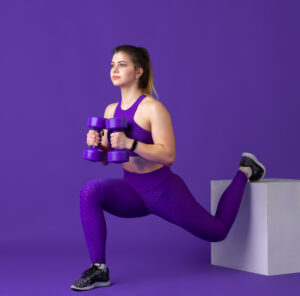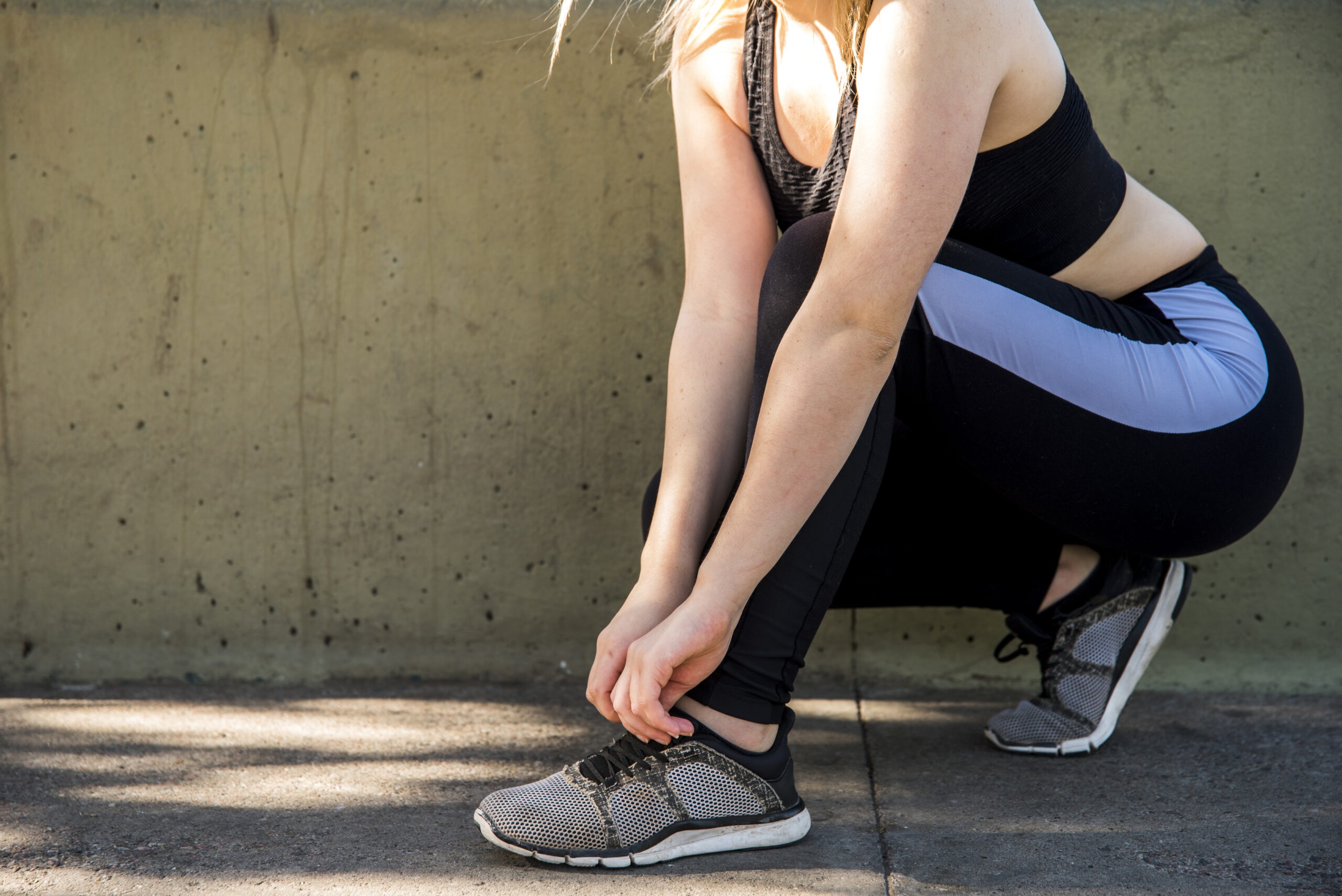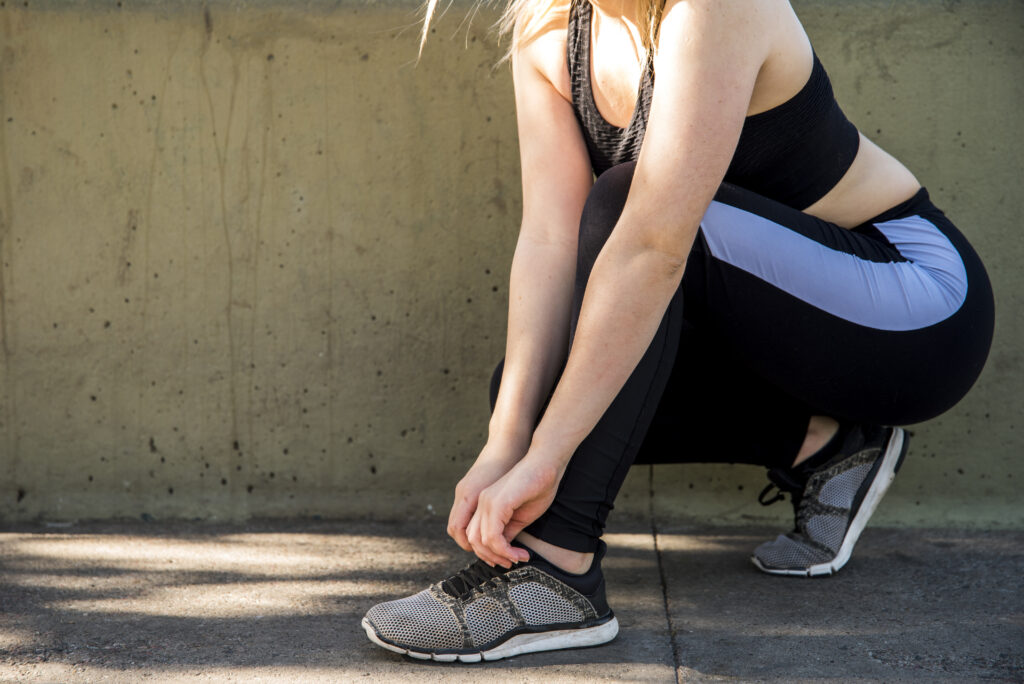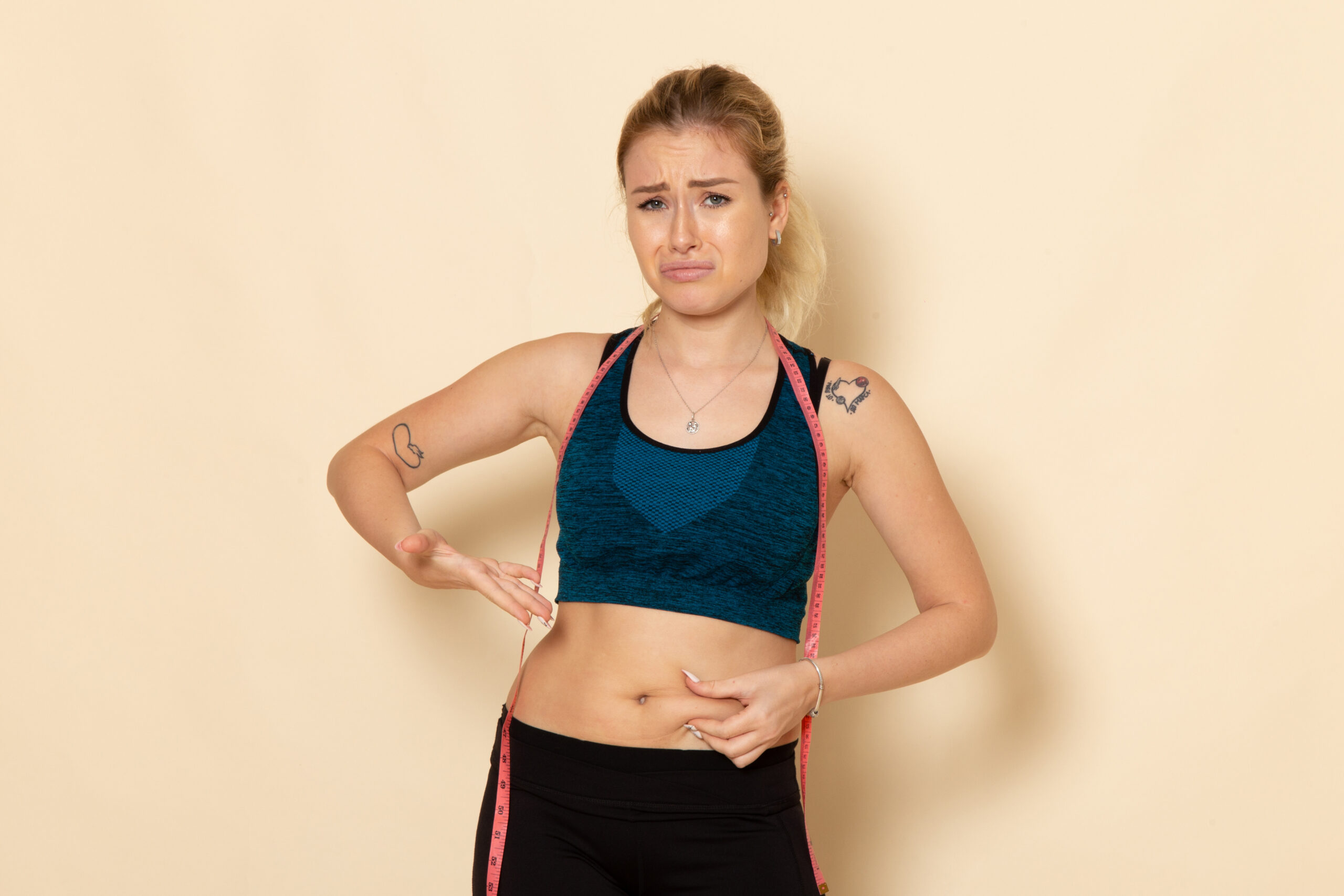How To Lose Hip Fat Without Exercise
Introduction:
Welcome to our guide on how to lose hip fat without exercise. If you’ve been fighting a relentless gener campus fat in your region. No worries, you are not in this alone. It has been determined by different factors, but there are also lots of simple processes to deal with it that not require pushing yourself at the gym.
In this article about health and wellness, we will examine useful approaches focusing on nutrition, hydration, sley, stress management and lifestyle adjustments to actually give you the desired results. Be it for slender silhouette or improved health.
Section 2: Understanding Hip Fat
Hip fat, also known as hip adiposity or subcutaneous fat, refers to the accumulation of excess fat around the hips and thighs. While some level of fat in this area is normal and even healthy, excessive hip fat can lead to various health concerns and affect one’s appearance and confidence.
Causes of Hip Fat Accumulation:
Several factors contribute to the accumulation of fat around the hips:
1. Genetics: Genetics play a significant role in determining where your body stores fat. Some individuals are genetically predisposed to store more fat around their hips and thighs.
2. Hormones: Hormonal fluctuations, particularly in women, can influence fat distribution. Hormones like estrogen tend to encourage fat storage in the hip and thigh area.
3. Sedentary Lifestyle: Lack of physical activity and prolonged periods of sitting can contribute to the accumulation of fat around the hips. When muscles in this area are not engaged regularly, fat may be more likely to accumulate.
4. Poor Diet: Consuming a diet high in processed foods, sugars, and unhealthy fats can lead to weight gain, including around the hips. Excessive calorie intake relative to energy expenditure can result in fat storage.
5. Age: As we age, our metabolism tends to slow down, making it easier to gain weight, especially around the hips and abdomen.
Why is it Difficult to Lose Hip Fat?
Losing hip fat can be challenging due to several reasons:
- Stubborn Fat Deposits: The hip and thigh area is notorious for being a stubborn area for fat loss. Fat cells in this region are more resistant to breakdown compared to other areas of the body.
- Gender Differences: Women tend to store more fat around their hips and thighs compared to men, partly due to hormonal differences. This fat may be more resistant to mobilization during weight loss efforts.
- Spot Reduction Myth: Contrary to popular belief, spot reduction, or targeting fat loss in specific areas through exercise, is largely ineffective. While targeted exercises can strengthen and tone muscles, they do not necessarily result in localized fat loss.
- Overall Weight Loss Required: To reduce hip fat, one often needs to engage in a combination of dietary changes, exercise, and lifestyle modifications aimed at overall weight loss. Focusing solely on the hip area may not yield significant results.
Section 3: Diet and Nutrition
Diet and nutrition are the basic tools that accompanies the adoption of overall meal plans to alleviate the accumulation of unwanted hip fat and regulate weight. The food components are the key to keeping the weight and by choosing to eat foods you can let your body to lose fat, get toned, and improve your health.

Importance of a Balanced Diet:
A balanced diet provides the necessary nutrients for overall health while supporting weight management. Key components of a balanced diet include:
- Lean Protein: Protein is essential for building and repairing tissues, including muscles. Opt for lean protein sources such as chicken breast, fish, tofu, beans, and lentils.
- Whole Grains: Whole grains are rich in fiber, which aids in digestion and helps you feel full longer. Choose whole grain options like brown rice, quinoa, oats, and whole wheat bread.
- Fruits and Vegetables: Fruits and vegetables are packed with vitamins, minerals, and antioxidants. They are low in calories and high in fiber, making them ideal for weight loss. Aim to fill half of your plate with fruits and vegetables at each meal.
- Healthy Fats: Include sources of healthy fats such as avocados, nuts, seeds, and olive oil in your diet. These fats provide essential fatty acids and can help keep you satisfied between meals.
Foods to Include and Avoid for Reducing Hip Fat:
Certain foods can specifically How to Lose Hip Fat Without Exercise, while others may contribute to its accumulation. Here’s what to include and avoid:
Include:
- Foods rich in fiber: Fiber helps regulate digestion and promotes feelings of fullness. Incorporate fiber-rich foods like vegetables, fruits, whole grains, and legumes into your meals.
Avoid:
- Processed foods: Processed foods are often high in refined sugars, unhealthy fats, and calories. Limit your intake of processed snacks, sugary beverages, and fast food.
Section 4: Hydration
Hydration plays a crucial role in overall health and can significantly impact weight management and fat loss. In this section, we’ll explore the importance of hydration and how staying adequately hydrated can help you lose hip fat:
Role of Water Intake in Metabolism and Fat Loss:
- Metabolic Function: Water is essential for numerous metabolic processes in the body, including digestion, nutrient absorption, and waste elimination. Staying hydrated supports optimal metabolic function, which can aid in fat metabolism and energy production.
- Appetite Regulation: Drinking water before meals can help reduce appetite and calorie intake. Studies have shown that consuming water before meals can lead to lower calorie consumption, potentially aiding in weight loss efforts.
- Calorie-Free Hydration: Unlike sugary beverages like soda and juice, water is calorie-free and does not contribute to weight gain. Choosing water as your primary beverage can help you stay hydrated without adding extra calories to your diet.
Strategies to Stay Hydrated Throughout the Day:
- Drink Plenty of Water: Aim to drink at least eight 8-ounce glasses of water per day, or more if you’re physically active or live in a hot climate. Carry a reusable water bottle with you to remind yourself to drink water throughout the day.
- Hydrating Foods: In addition to drinking water, you can also increase your hydration levels by consuming hydrating foods such as fruits and vegetables. Cucumber, watermelon, oranges, and tomatoes are examples of foods with high water content.
- Monitor Urine Color: Pay attention to the color of your urine as a hydration indicator. Clear or pale yellow urine generally indicates adequate hydration, while darker urine may signal dehydration.
- Set Hydration Goals: Set specific hydration goals for yourself and track your water intake throughout the day. You can use smartphone apps or simple trackers to monitor your daily water consumption.
Section 5: Sleep and Stress Management
Sleep quality and stress levels can have a significant impact on weight management and fat loss, including the accumulation of hip fat. In this section, we’ll look at the relationship between sleep, stress, and hip fat, as well as strategies for improving sleep quality and managing stress effectively:
Connection Between Sleep and Hip Fat:
- Hormonal Regulation: Adequate sleep is essential for hormonal balance, including hormones that regulate appetite and metabolism. Lack of sleep can disrupt hormone levels, leading to increased appetite, unhealthy food cravings, and weight gain, including around the hips.
- Metabolic Impact: Lack of sleep can negatively affect metabolism and insulin sensitivity, increasing the risk of weight gain and fat accumulation. Sleep deprivation may also lead to increased cortisol levels, which can promote fat storage, particularly in the abdominal and hip areas.
- Behavioral Factors: Sleep deprivation can impair decision-making, leading to poor food choices and overeating. Additionally, fatigue from lack of sleep may decrease motivation for physical activity, further contributing to weight gain and hip fat accumulation.
Strategies for Improving Sleep Quality:
- Establish a Consistent Sleep Schedule: Go to bed and wake up at the same time every day, even on weekends. Consistency helps regulate your body’s internal clock and improve sleep quality.
- Create a Relaxing Bedtime Routine: Develop a relaxing bedtime routine to signal to your body that it’s time to wind down. This may include activities such as reading, taking a warm bath, or practicing relaxation techniques like deep breathing or meditation.
- Create a Sleep-Friendly Environment: Make your bedroom conducive to sleep by keeping it dark, quiet, and cool. Invest in a comfortable mattress and pillows to enhance comfort and support.
Section 6: Hormonal Balance
Hormonal balance plays a crucial role in regulating metabolism, appetite, and fat storage, including in the hip area. In this section, we’ll discuss the impact of hormones on hip fat accumulation and explore natural ways to balance hormones through lifestyle changes:

Impact of Hormones on Hip Fat Accumulation:
- Estrogen: Estrogen is the main female genital hormone which influences the fat distribution among females. Note that in higher organisms estrogen stimulates keeping of fat in the hips and thighs’ areas. The menstrual cycle may provide the stage for the hormonal fluctuation to support the hip fat storage as well.
- Cortisol: Cortisol, often referred to as the stress hormone, plays a role in metabolism and fat storage. Chronic stress can lead to elevated cortisol levels, which may contribute to hip fat accumulation through increased appetite and fat storage.
- Insulin: Insulin is a hormone that regulates blood sugar levels and plays a role in fat metabolism. Insulin resistance, a condition where cells become less responsive to insulin, can lead to increased fat storage, particularly around the abdomen and hips.
Natural Ways to Balance Hormones:
- Healthy Diet: A food plan full of unprocessed foods can be done to help with hormonal balance and weight maintenance. Concentrate on the consumption of minimally processed foods with many nutrients, especially fresh fruits and vegetables, lean-protein, complex carbohydrates and good fats.
- Regular Exercise: Physical activity is essential for regulating hormones and promoting overall health. Engage in a combination of cardiovascular exercise, strength training, and flexibility exercises to support hormone balance and reduce hip fat. Aim for at least 150 minutes of moderate-intensity exercise per week.
Conclusion:
In conclusion, How to Lose Hip Fat Without Exercise is achievable through a combination of dietary changes, hydration, sleep and stress management, hormonal balance, and lifestyle modifications. By understanding the factors contributing to hip fat accumulation and implementing targeted strategies, you can effectively reduce hip fat and achieve your weight loss goals.
Frequently Asked Question:
Q: Can I really lose hip fat without exercise?
A: Yes, you can! While exercise can certainly help, it’s not the only way to lose hip fat. By making dietary changes, staying hydrated, managing stress, improving sleep quality, and promoting hormonal balance through lifestyle modifications, you can effectively reduce hip fat without relying solely on exercise.












